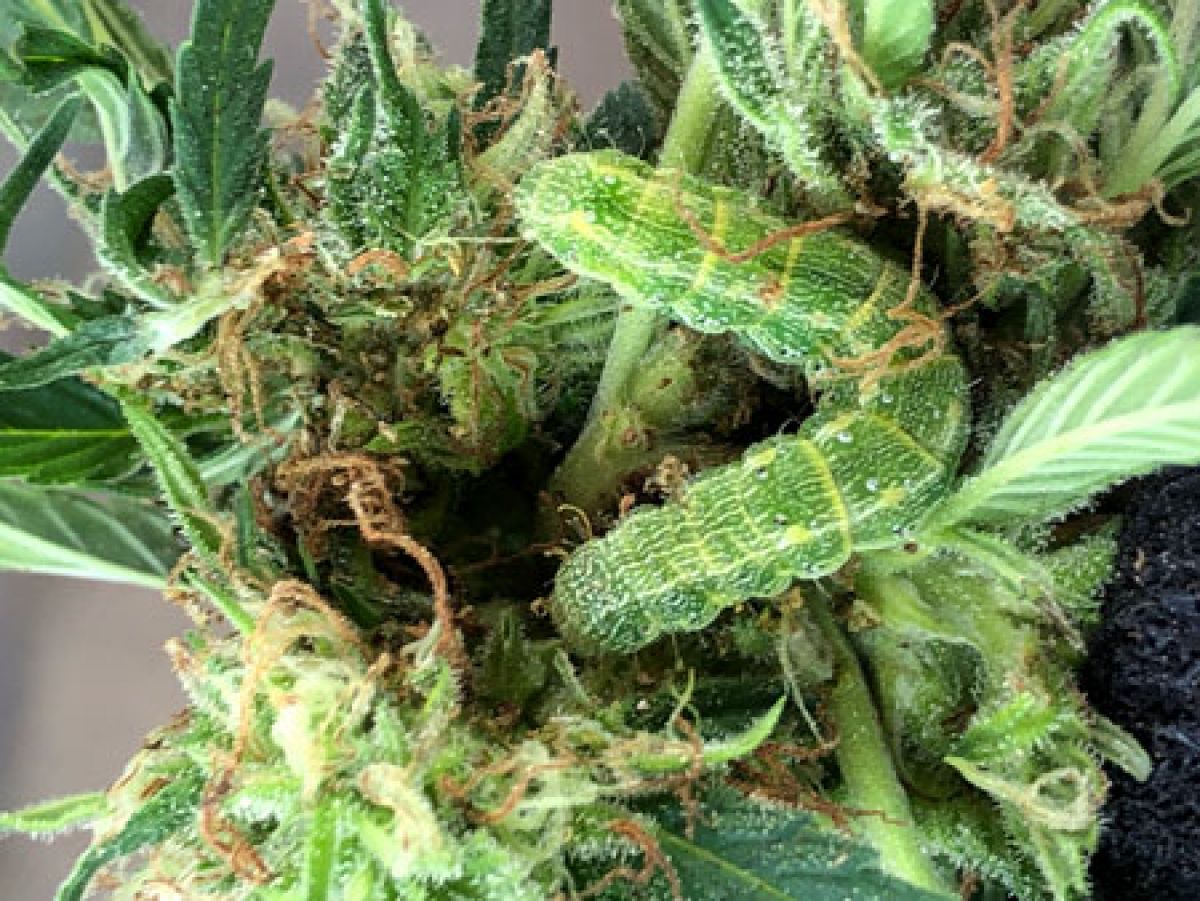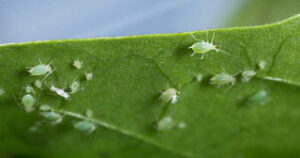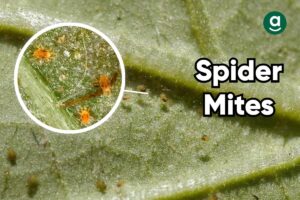Outdoor Crop Pest Control

How to Protect Your Outdoor Cannabis Crops From Pests
How to battle pest threats – from aphids and grasshoppers to mites, and more
As cannabis and hemp farmers across the U.S. confront surging pest management challenges, there are several approaches to stem the tide of those pesky bugs and the serious damage they can do to cannabis and hemp crops. From aphids to spider mites to grasshoppers to whiteflies, these pests aren’t going anywhere any time soon, but cannabis companies can be proactive to ensure their plants stay healthy.

Monitoring and Sanitation Are Crucial
Taking an anticipatory approach to pest management also requires careful monitoring of your plants, whether hemp or cannabis.
Growers can use visual monitoring methods such as placing sticky yellow cards above the crop canopy, which can commonly catch whiteflies and similar bugs.
Then there is the beat method. Growers should place a white piece of paper attached to a clipboard under their plants and then shake the stem and let the bugs fall on the paper. Mites, thrips and aphids are commonly found with this method.
A 10x hand lens or jeweler’s loop can help you identify small pests like spider mites and russet mites.
Fatty acid salts or insecticidal soaps can be a good choice against barnacles and wax scale insects. They weaken the outer shell of scales but are safe to use on your plants and they don’t leave much of a residue.

With soaps, coverage is very important as it does not stay on your plant for long, so follow-up applications may be necessary. Although this is considered safe, avoid getting any on your buds.
Neem Oil will leave an unpleasant taste/smell on buds when used to treat flowering plants so don’t let it touch the buds. Neem oil is an all-natural remedy that is very effective against many different types of bugs and mold including scales. Whenever you spray plants with anything, make sure to get the undersides of the leaves too, as this is where many pests like to hang out. A sprayer/mister is helpful for spraying leaves.
Diatomaceous Earth this white powder is harmless to people and animals but is sharp at a microscopic level and will kill gnats. Sprinkle it around the grow room and on your topsoil.
What About Hemp?
Cultivators of all species of Cannabis sativa L. face pressures to keep their plants insect-free, including hemp growers.
The challenges, however, can vary by region.
In western states, for example, the beet leaf hopper is an increasingly problematic pest due to how it’s the vector of the beet curly top virus. Industrial hemp growers in some dry, western states are experiencing grasshoppers chewing up plants at a high rate. Oregon is facing a 50% growth rate in aphid infestations. Colorado faces ongoing issues with grasshoppers. In the Great Lakes region, growers see caterpillar pests, including corn earworm and yellow-striped armyworm, which feed on the female flowers and in the grain heads.
Monitoring hemp plants is also integral for hemp growers. It is recommended growers spend time with their plants throughout the season and make notes on what damage is occurring and when. Certain pests are going to be difficult to manage, so strategies like altering planting or harvest dates, selecting tolerant and resistant cultivars, sanitation practices, and the use of registered pesticides may be necessary.
Learning as much as you can about the pests that are increasingly invading your crops can also help. Some pests, especially foliar feeding beetles, cause some ugly damage, but if plants are larger, they can withstand a lot.
There is another issue for hybrid growers who manage both hemp and other commercial crops. For outdoor hemp growers that have hemp close to corn or soybean fields, during harvest the hemp will be more susceptible to insects moving in, such as the corn earworm.